Cultivating oilseeds: a guide to healthier cooking oils
Oilseeds are the seeds of certain plants that are valued for the oil they produce. These seeds are a critical component in the production of healthier cooking oils, which are in high demand among health-conscious consumers. Oilseeds such as soybeans, sunflowers, rapeseed (canola), and flaxseed are not only used for cooking oils but also play a significant role in the agricultural economy.
Plant-based oils are rich in essential fatty acids, vitamins, and antioxidants. They offer a healthier alternative to animal fats and are associated with a lower risk of heart disease, improved cholesterol levels, and other health benefits. By cultivating oilseeds, farmers can contribute to a market that supports wellness and sustainability.
Best Practices in Oilseed Farming
Choosing the right oilseed crops is crucial for successful cultivation. Factors such as climate, soil type, and market demand should influence the decision. Crops like sunflower and canola are versatile and can thrive in a variety of conditions, making them popular choices among farmers.
Soil preparation is key to a healthy oilseed crop. Testing soil for nutrients and pH levels can guide fertilization and amendment strategies. Crop rotation is also beneficial, as it can prevent soil depletion, reduce pest and disease pressure, and improve yield.
Integrated Pest Management (IPM) is an environmentally friendly approach to controlling pests. It combines biological, cultural, physical, and chemical tools in a way that minimizes economic, health, and environmental risks.
Timely harvesting and proper post-harvest handling are essential to maintain the quality of oilseeds. Techniques such as drying and proper storage can prevent spoilage and preserve the seeds' oil content.
Sustainable Oilseed Farming Techniques
Organic farming practices exclude the use of synthetic fertilizers and pesticides, promoting a healthier ecosystem and product. Certification can also provide access to premium markets.
Conservation tillage reduces soil erosion and water loss, improves soil health, and enhances biodiversity. It is a key practice in sustainable agriculture.
Cover crops can improve soil structure, enhance nutrient cycling, and suppress weeds, contributing to the overall sustainability of oilseed farming.
Efficient water management is critical in oilseed farming. Techniques such as drip irrigation and scheduling can optimize water use and reduce waste.
Processing Oilseeds for Cooking Oil Production
Cold pressing retains more nutrients and results in a higher-quality oil, while solvent extraction can increase yield. The choice of method depends on the desired quality and scale of production.
These processes can improve the oil's appearance, stability, and taste, but may also remove beneficial compounds. Balancing these factors is key to producing a high-quality cooking oil.
Quality control is essential in oilseed processing. Regular testing for contaminants and adherence to standards ensures that the final product is safe and of high quality.
Marketing and Selling Your Oilseed Products
Knowing the preferences and needs of consumers can guide production and marketing strategies. Health-conscious consumers, for example, may prefer organic or cold-pressed oils.
Effective branding and packaging can communicate the quality and health benefits of your cooking oils. Clear labeling and certifications can also build trust with consumers.
Strong relationships with suppliers and retailers are crucial for market success. These partnerships can ensure a steady demand and distribution for your products.

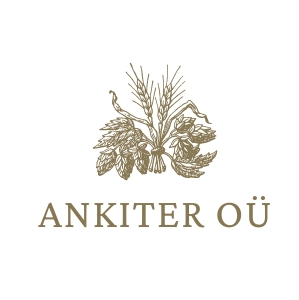
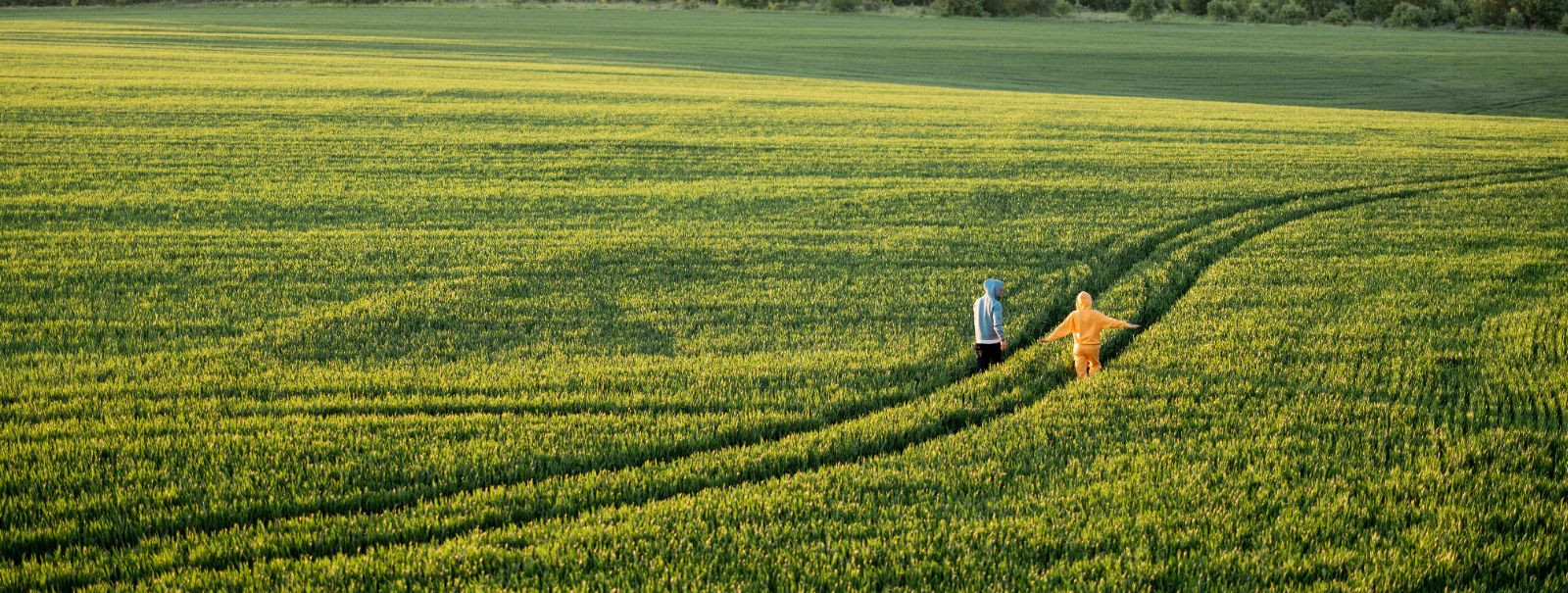

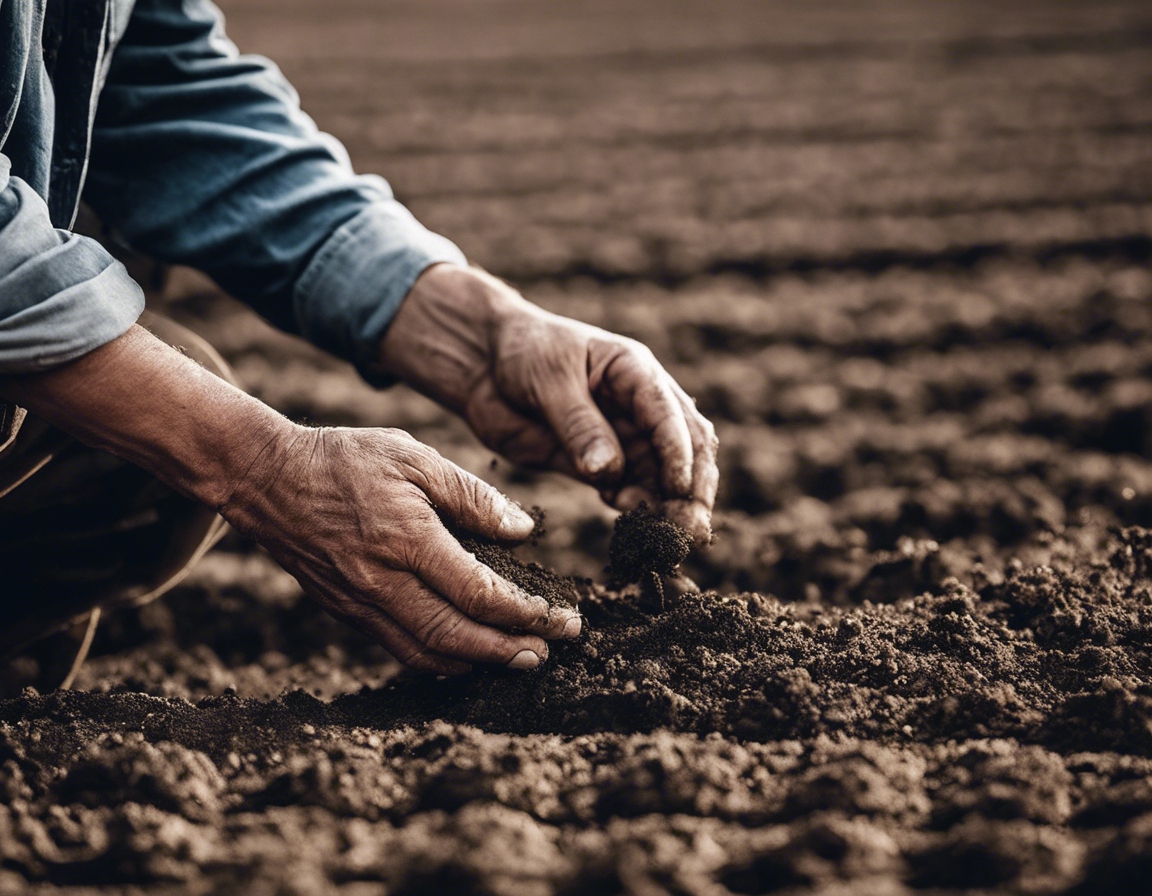
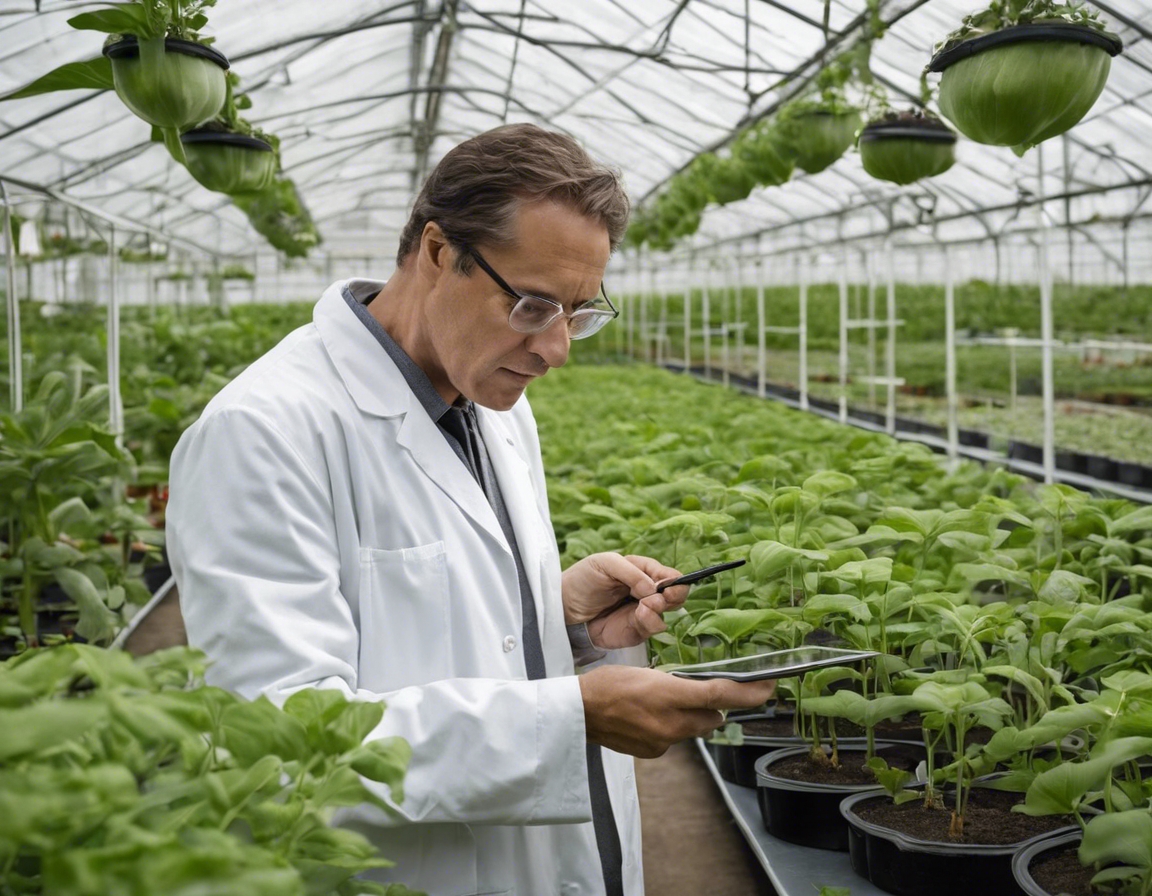
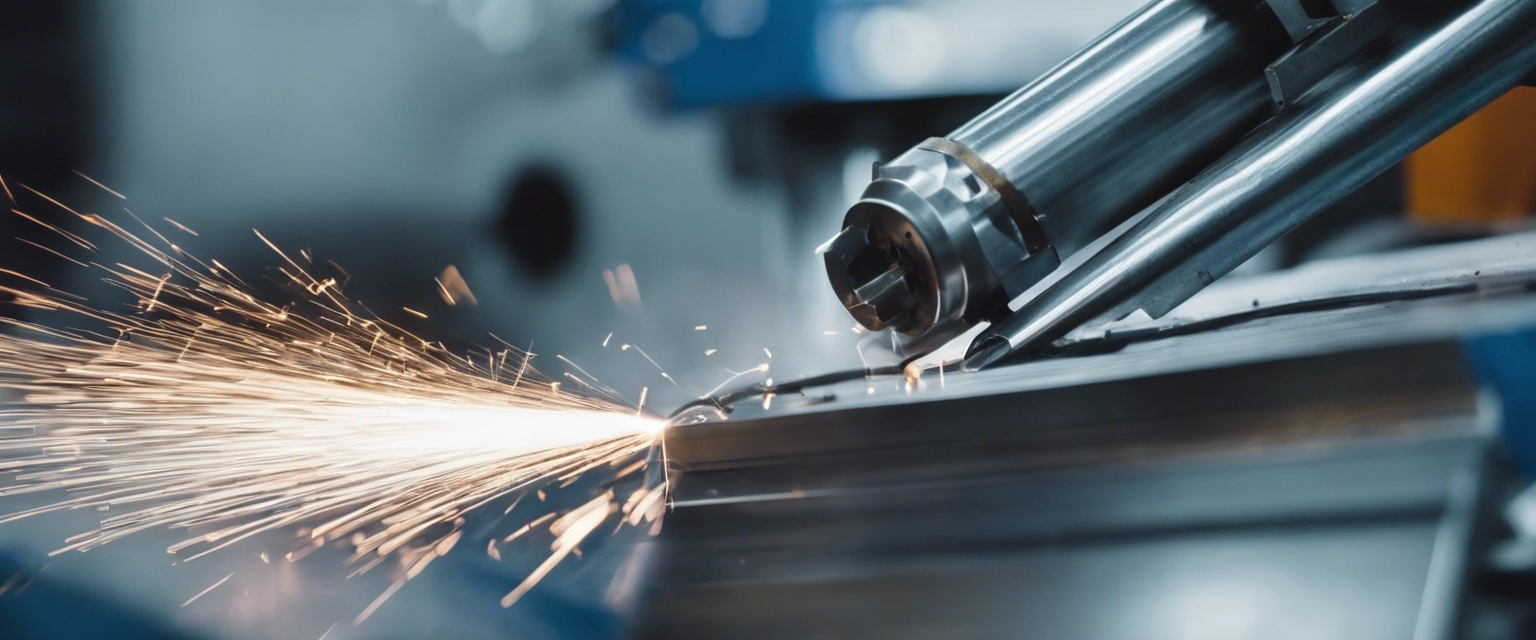

Comments (0)